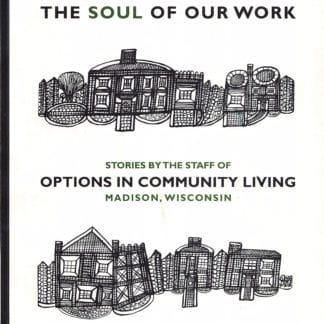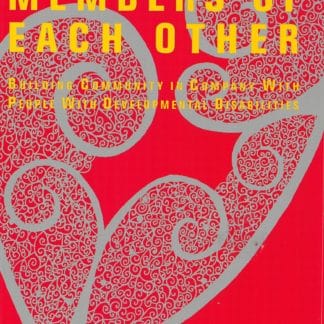Self-Directed Support: Re-Framing Inter-agency Partnership Working
John O’Brien & Simon Duffy
2007
While interagency partnership is often explored from the perspective of the health and social care system, we approach this issue from the perspective of the citizen. In particular, we focus on those citizens
who have significant impairments and need significant levels of sup- port in order to achieve independent living. We will argue that, from the citizen’s perspective, the goal of achieving system integration between different agencies (e.g. between health and social care systems in the Uk) can seem either redundant or unhelpful. Instead, what seems to matter more is a personalised integration of supports, that can only be achieved with the active participation of the citizen (Duffy, 2004). The ability to achieve personalised integration is a function of systems that put power and control in the hands of the citizen, enable full access to the widest range of services and opportunities, and develop the com- munities that can take advantage of these opportunities. Although these issues are common in many developed countries, our focus here is mainly on the Uk and the US (since these countries both have a relatively long history of piloting and to some extent, evaluating new initiatives in this area).
On this understanding, current efforts to promote the system level integration of service delivery agencies may even be an obstacle to genuine progress, locking people into a narrower range of options. If this understanding is correct then the energy that has been focused on system integration could instead shift to moving the whole service sys- tem to operate and respond to self-directed supports, thus enabling citizens who require personal assistance to be in control of their own lives and to assume a share of responsibility for achieving person- alised integration.
The roots 3
The elements 3
Benefits and common objections 5
Learning from experience 9
From option to operating system 11
A new frame for partnership 14
References 17



